We prefer LED lighting technology due to its durability, excellent performance, and long lifespan. LEDs operate for roughly 50,000 hours with proper usage. Undoubtedly, LED lights are more cost-effective investments than other types of lighting systems.
Manufactured using environment-friendly materials, LEDs can reduce our carbon footprint. LED lights don’t get damaged more easily than glass bulbs, and they’re not prone to overheating and ensure low energy consumption.
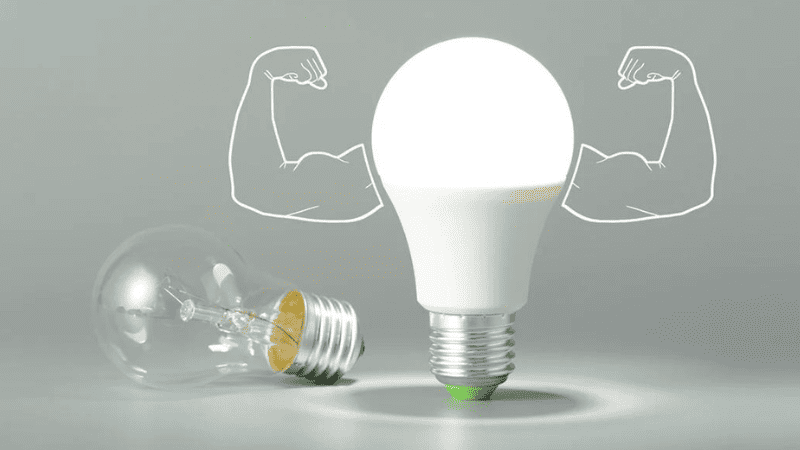
However, LED lights can also cause some trouble. It’s best to fix LED lighting issues immediately to prevent them from getting severe.
In this post:
• You’ll learn about the most common issues related to LED lighting.
• You’ll be familiar with some proven solutions to fix these issues.
Ask For Free Quote
Let us Respond Promptly for your Needs :)
15 Most Common Problems with LED Lighting
LED lighting, despite its many benefits, comes with its own set of problems.
1. The light Is Disturbingly Bright.
While we like it when the lighting is bright, it could cause discomfort too if it’s too bright. Disturbingly bright light can emerge either by getting more watts than needed or by using a Kelvin temperature bulb irritating the eyes.
Luckily, you may solve these issues by using a fixture to obstruct extra light. You may also invest in a dimmable bulb and set up a switch to better manage this feature.
It’s essential to select a fixture with a lower Kelvin temperature rating or one that’s made with a warmer spectrum, as these options can protect your eyes.
2. Incorrect LED Light Installation
You can’t expect your LED lights to perform as expected if you poorly set up your lighting system connection. Some improper LED lighting installation instances include:
• incorrect distribution of light
• exposed or loose wires that are susceptible to short-circuit
• recurrent breakdowns
• improper power distribution
To prevent these mishaps from occurring, you need to create a guideline before installing modern LEDs. To ensure an error-free installation process, you must determine the number of fixtures you need to install. Likewise, make sure that your electrical supply can cover for them.
Carefully study the placement of each fixture to ensure sufficient lighting. You also need to research the correct type of LED required for your preferred setup. Remember that each fixture installed should serve a vital purpose in your entire lighting system.
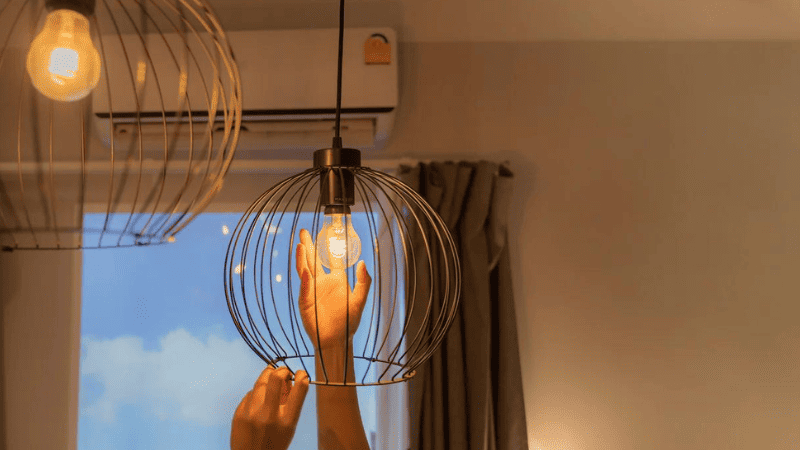
3. Overheating LED light
Many different factors can bring about LED overheating. But, the most common one is placing them in an environment where they’re not purposely made for. Be reminded that LEDs function better in cooler locations.
When LED lights overheat, they won’t last as long as expected; they won’t illuminate sufficiently and may sooner or later, wear out.
So, what can you do to keep your LED lights from overheating?
- Make sure that you adhere to the manufacturer’s guidelines when installing the light emitting diode fixtures.
- Avoid installing your LED lights in places with very high temperatures. Excessive heat can reduce the functionality and performance of your LEDs. Choose a cooler place if you want them to perform better and last longer.
- Don’t install your LEDs in small and confined environments as these conditions can instantly heat the device. Installing LEDs in open spaces allows them to breathe; this makes overheating unlikely to happen.
- Make sure that the location where you intend to set up your LED lights has excellent ventilation. Good airflow is beneficial for your fixtures as this helps keep the heat from being trapped.
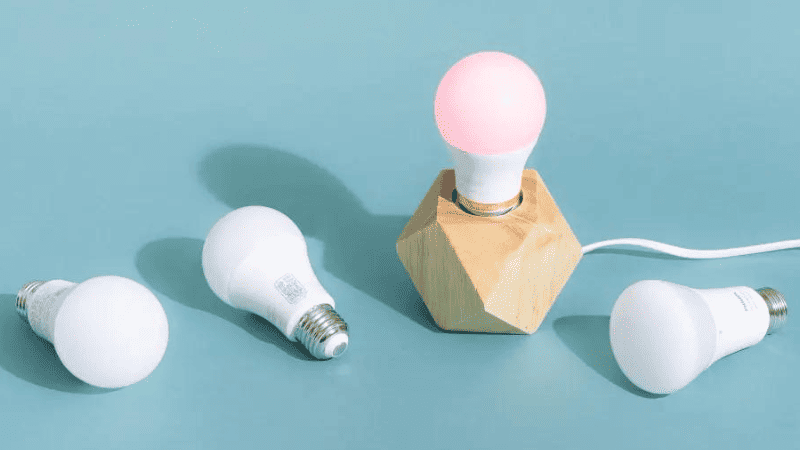
4. Failing to Comply with the Recommended Current or Voltage for Your LEDs
The most crucial factor to consider when using LED light fixtures is the lumen output. It’s vital to convert the wattage into lumens first to opt for the correct lumen rating.
You need to adhere to the recommended LED current or voltage because any increase or decrease in the current can keep the fixtures from serving their purpose.
If you supply your LEDs with a lower-than-required current, they won’t emit maximum brightness. Hence, they won’t be able to satisfy your lighting needs. Meanwhile, a higher voltage or current can instantly impair or burn the sensitive components of the LEDs, which may result in an untimely breakdown.
To avoid these unfortunate incidents, we advise you to review the manufacturer’s rating on the LED fixtures. This approach may help you determine if the option you’re about to purchase is compatible with your present electrical system setup.
Alternatively, you may consider having your electrical system and wiring customized to make them suitable for your new LED lighting system. We recommend the first option because it’s more economical and less stressful, though.
Ask For Free Quote
Let us Respond Promptly for your Needs :)
5. Complex Circuits
While the fast-paced developments in LED technology come with countless advantages, the downside that comes with it is a complicated circuit board.
Such intricacy might not be a severe challenge as long as the new light fixture works exceptionally, efficiently, and more economically. Nonetheless, the more complicated the circuitry is the more potential damage.
In general, extra features and functionalities such as interspersed dimming effects and Wi-Fi connectivity are a few of the advancements we can enjoy with current LED lights.
But, despite these convenient and functional add-ons, circuits can still be complicated with emitters, capacitors, drivers, and semiconductors. These components can make overheating and failure more likely to happen if not correctly managed.
If you suspect that it is the problem, consider hiring a professional electrician. The electrician can diagnose the problem and come up with a solution.
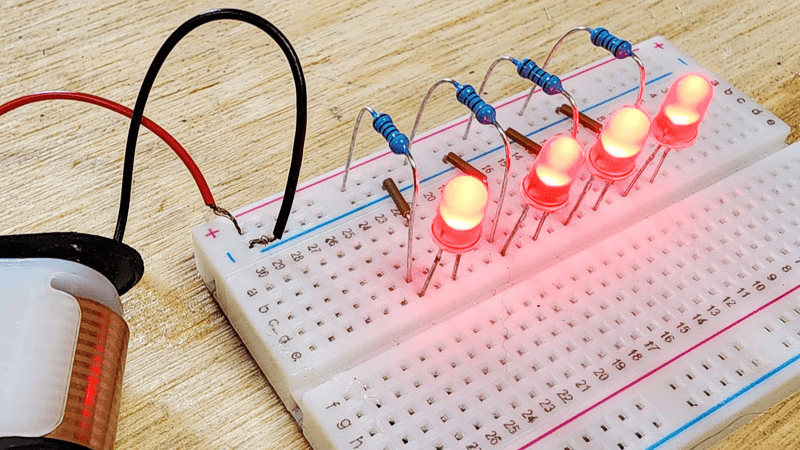
6. Cheap or Low Quality LED Bulbs
Please don’t fall for LED lights that are surprisingly sold at a very low price because there’s a greater chance that they’re poor quality. Low-quality LEDs tend to flicker quickly due to the deficient soldering method of gold wire with LED chips.
The poor soldering technique can cause the innate LED parts to disconnect instantly. Moreover, junky LED bulbs usually have a second-rate PCB design that cannot correctly collect the current. This drawback may cause rapid changes in the LED light bulb’s brightness.
We recommend investing in premium LED lights manufactured by credible brands to solve this issue. You can choose from the top LED light brands: Acuity Brands, Cree, Eaton, GE Lighting, and RC Lighting.
Ask For Free Quote
Let us Respond Promptly for your Needs :)
Meanwhile, you can quickly identify if the LEDs are cheap or quality. Again, if the price appears too good to be true, don’t be a victim. Try to weigh the bulb; if it’s heavy, this might mean it has more top-quality components.
Or, check the housing of the LEDs; is it made of solid hard plastic material or aluminum? What about the voltage and current? Does it follow the recommended rating? Furthermore, check the chip size. Please note that a small chip can produce less light and is more prone to failing.
Also, inspect if the LED bulb’s powder coating or painting is done excellently. If it’s poorly done, you can have a hint that the hidden parts might be below par as well. The bottom line is that a high-quality option generally gets the job done. So, inspect for quality before making the final buying decision.
Make it a habit to compare the available LED fixtures with other options. If you’re lucky enough, you can get discounts when manufacturers offer promos; anyhow, you should still ensure that their offers are reasonable and not sheer bait.
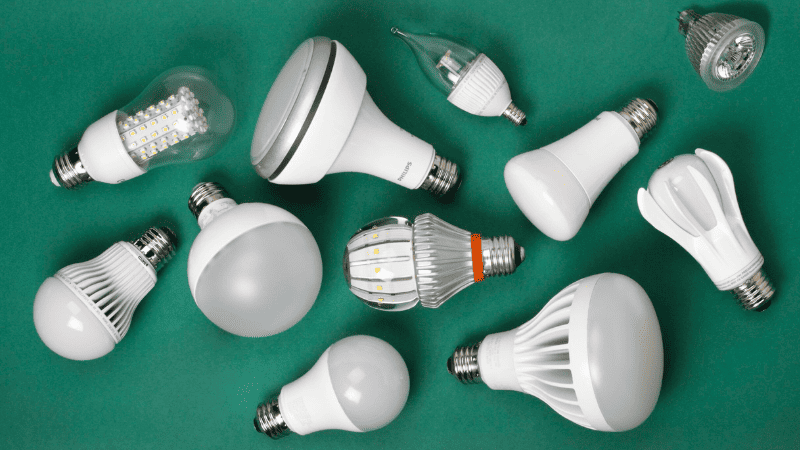
7. Buzzing Noise
LED lights that produce buzzing noise are unquestionably disturbing, especially if you’re a light sleeper or sensitive to sounds related to that. Such noise can be an indication that you overload the circuit.
How does this happen? Let’s say the dimmer can merely accommodate 400-watt LED lights, but if you attach more than a 300-watt lighting system, a buzzing noise will likely emerge.
The noise will originate from the electronic parts’ resonance inside the light, which resonates in a particular frequency like 100 to 120Hz. When the LED lights produce a noise, something is wrong.
So, once you experience this, it’s crucial to check the light and the circuitry at once to avoid worsening the problem. Additionally, try to detach some of the lights to make a quick inspection to solve this issue.
8. Outmoded/ incompatible Fixtures or Dimmers
With the massive advancements in the LED industry, outdated dimming circuits became incompatible with LEDs. There could be many reasons for this; the fixture might not be for dimmable LED bulbs, or the bulb is not dimmable.
On the other hand, some common issues that emerge due to incompatible or outmoded dimmers are drop-out, flickering, and less smooth lighting.
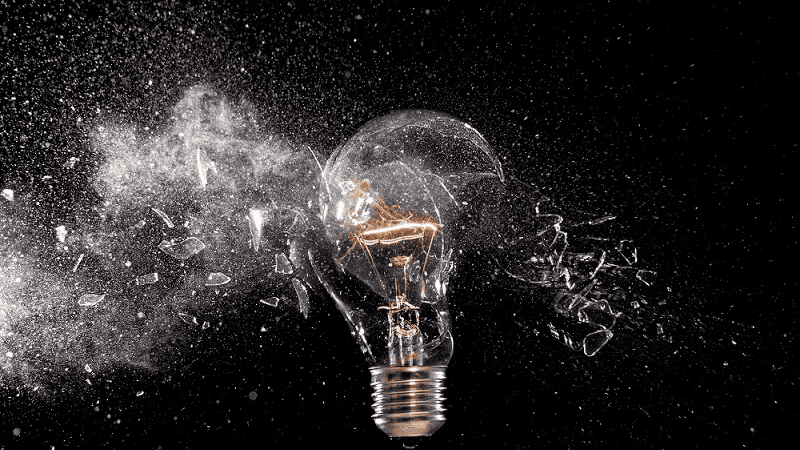
Sooner or later, the LEDs get damaged and malfunction due to the fluctuating power and voltage and incompatible dimmer. Before the situation gets worse, allow a qualified electrician to inspect it.
Please take in mind that before buying LEDs, it’s critical to inspect whether each LED type is adaptable with each dimmer type. Please be cautious when searching for a dimmer and choose the one recommended by your fixture’s manufacturer.
9. Loose LED light Bulbs
Loose LED bulbs commonly cause flickering issues, so make sure that you install them securely in the fixture. To avoid impairing the current transmission, you need to tighten the LED bulb in the base securely.
Safety should be your priority. To prevent electrical shock, you must turn off the power supply and the bulbs before examining the LEDs. You can enjoy sufficient illumination in dark places by placing handy work lights beneath the fixture.
10. LED light Burning out Quickly
Cheap and low-quality LED lights sold without warranties are often the root of burning-out problems in LEDs.
The good news is that this issue need not bring you more stress because you can always replace it with a high-quality one. Like buying other products, don’t fall for fraudulent offers; stick to credible brands that offer a warranty.
Product warranties can protect your purchase, and you can always have your issues regarding the product’s defect addressed and resolved.
Ask For Free Quote
Let us Respond Promptly for your Needs :)
11. Using Inappropriate LED Drivers
Every LED light is equipped with drivers. The driver is purposely for distributing the power and for the device to operate appropriately.
But, you’ll be in trouble if your LED is incompatible with the driver. The potential issues you may encounter include burning the driver or malfunctioning LEDs due to overheating.
That said, it’s essential to inspect the LED driver first so that you can choose the one that’s compatible with your LED lighting.
We strongly suggest running your LED by using low voltage DC drivers for these units are famous for their dependability and efficiency. Low voltage DC drivers convert AC and produce a steady current to keep your LEDs intact.
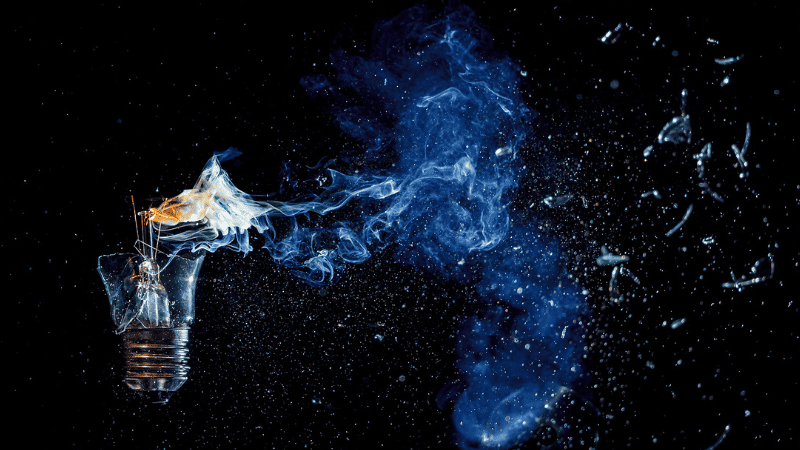
Did you know that it’s common for LEDs to have issues with the circuit that cause the drivers to overheat and malfunction?
Low-quality LED may let ample power get in; on the downside, this may generate excess heat. Fortunately, reputable brands nowadays manufacture durable drivers that match the LED’s lifespan.
We recommend going over the specs sheet of the option you’re buying to inspect if what you’re getting is correct.
12. LED Strip Displaying the Wrong Color
The function of RGB LED strips is to display different colors. Be that as it may, if you observe that it displays the wrong colors, this implies that something is off.
This condition typically arises when there is a problem with the wire connections. Or, there might be something wrong with the LED controller. Still and all, you can inspect the wiring and do some replacements if necessary.
Meanwhile, you might also find this video about fixing damaged LED strip lights worth watching:
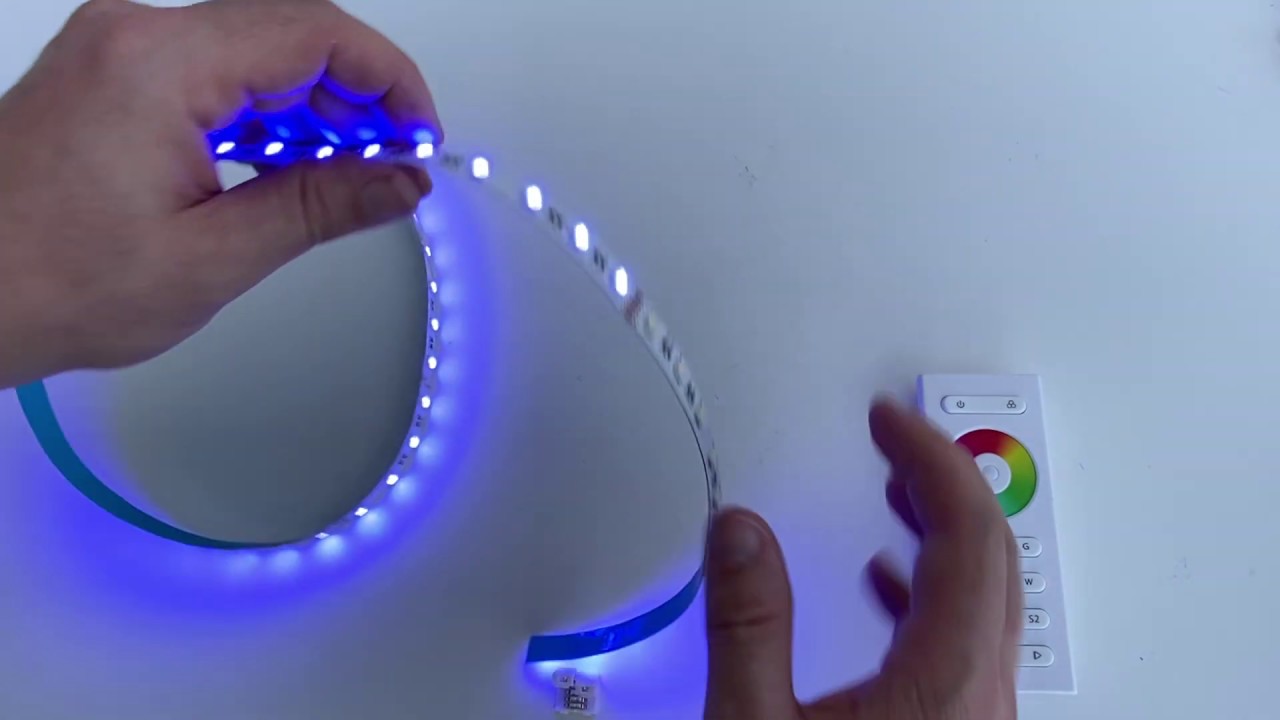
13. Using LEDs with Other Types of Lighting Technology
Many of us are tempted to use our outdated lighting setups with our new lighting setups because we mistakenly think doing so will help us save more. Little did we know that this misleading technique can have ill effects on our modern LED light fixtures.
Why shouldn’t we use LEDs with other illumination setups? The truth is, that most traditional lighting technologies are usually not entirely efficient. For instance, traditional incandescent light bulbs are more susceptible to overheating due to their deficient heat dissipation ability.
Compared to fluorescent bulbs and incandescent bulbs, LEDs tend to work more excellently in cooler places, which is why you shouldn’t install them in locations with high temperatures.
Thus, using LEDs in the same place as heat-generating incandescent or fluorescent bulbs isn’t a wise idea.
Ask For Free Quote
Let us Respond Promptly for your Needs :)
In general, the heat will begin to build up surrounding your fixture, and with improper ventilation, heat dissipation, and airflow, your LEDs may begin to break down. If this condition arises, you need to prepare yourself to deal with burns, damaged wires, smoke, fires, and permanent damage to your fixture.
Bear in mind that traditional fixtures like fluorescent and incandescent bulbs dissipate heat distinctly than the latest LED lights today.
So, if you use these technologies altogether, there will be incompatibilities, leading to overheating issues. The effect will be losing or permanently damaging all your fixtures.
Then, what should you do? It’s simple; avoid mixing your outdated illumination methods with your modern LED setups.
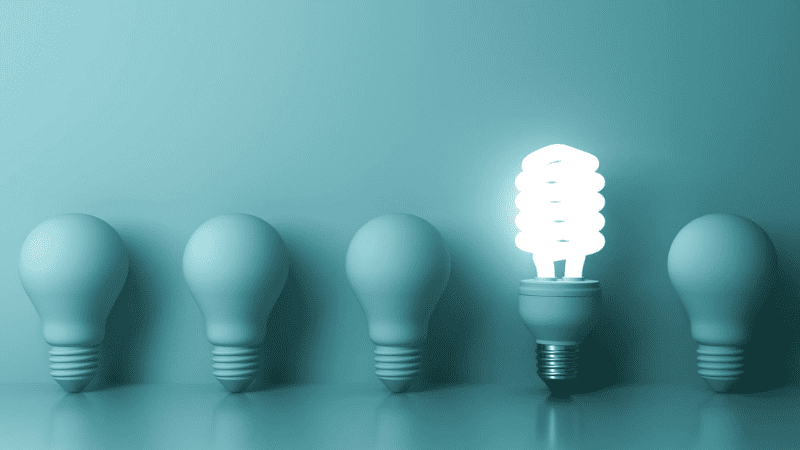
14. Excessively Dim LED Light
Much as we get irked by too bright LED light, a too dim LED light won’t do us any good. This condition usually occurs either when the LED is poorly manufactured or when it’s already overused.
While it’s true that LEDs are long-lasting, just like everything in life, they won’t last forever. So, don’t expect them to light brightly permanently. It’s natural for LEDs to lose their brightness when they’re about to lapse.
In this scenario, the only thing you can do is buy a new LED replacement.
15. LED Light Lures Bugs or Insects
Traditional lighting methods are more prone to attracting insects or bugs than LEDs, but this doesn’t mean that LEDs won’t lure insects at all. Some light systems lure insects or bugs more because of the wavelengths of light they produce and their heat.
Generally speaking, bugs are lured to the light they can see, and they’re solely lured to specific types of wavelengths. Insects or bugs are commonly lured to shorter wavelengths, approximately 400 to 600 nm.
According to some research, warm-colored LED bulbs are better alternatives if you wish to eliminate insects or bugs roaming around your lights. LEDs with a warm orange or yellow touch have longer wavelengths than other colors.
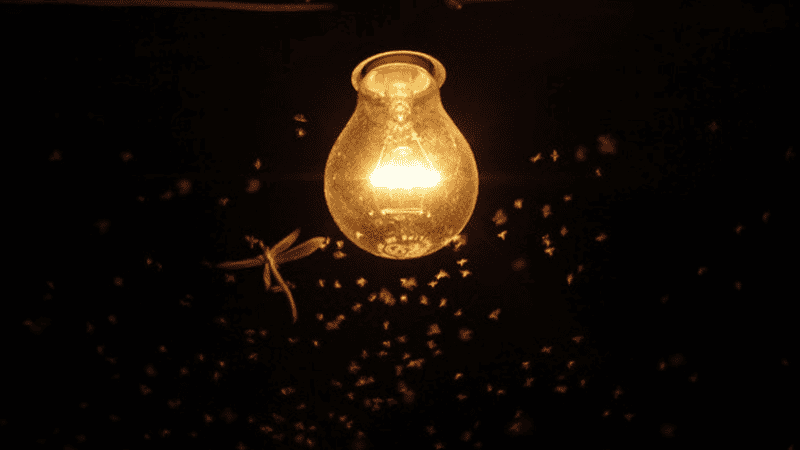
Conclusion
Ultimately, you have learned that LED lighting methods are better options than traditional lighting technologies like fluorescent and incandescent bulbs. They operate more efficiently, last longer, are energy-saving, and are not prone to overheating if appropriately used.
Not to mention, most LEDs are safe to use, and the latest designs come with unique and functional features that make them more worthwhile investments. Like what’s mentioned above, there are some common problems with LED lighting that we need to watch out for.
Hopefully, the issues we discussed and the solutions we offered can help you address and solve any concerns you have with your LED lighting systems.
Choose RC Lighting for Reliable LED Solutions
Facing challenges with your current LED lighting? Switch to a brighter, more reliable solution with RC Lighting.
Our extensive range of high-quality LED lights is designed to address and resolve the 15 most common problems associated with LED lighting. From flickering to longevity, we ensure each product delivers exceptional performance and durability. Don’t compromise on the quality of your illumination.
Contact us today to explore our LED solutions and light up your space with confidence and ease.



